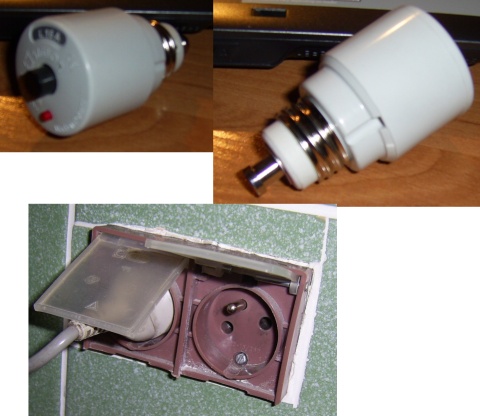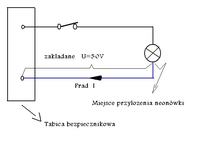Do it this way.
1. Replace the fuse with another one
2. Check with a tester (ordinary light bulb) whether there is voltage in the socket
3. As it shines, it is ok.
4. Now find the voltage indicator (neon light) for the socket contact where it lights up.
5. There should be no light on the socket pin.
6. Check with a tester (bulb) that it shines between the contact (where the neon lamp and the socket pin are on). As it shines, it's OK. Since this is old construction, I suspect that there is no difference.
7. Turn on the cable from the washing machine and run it on a program without heating.
8. A damaged fuse suggests voltage on the washing machine and its proper response.
9. A breakage of the fuse at the moment of switching on the heater may suggest its damage.
10. It may also be the fault of the fuse, so follow step 1.
So much for the distance. With such symptoms, I recommend that you call a household appliance specialist.

In the absence of a differential, damage to the wires in the wall is unlikely. I suggest you reject this version.





